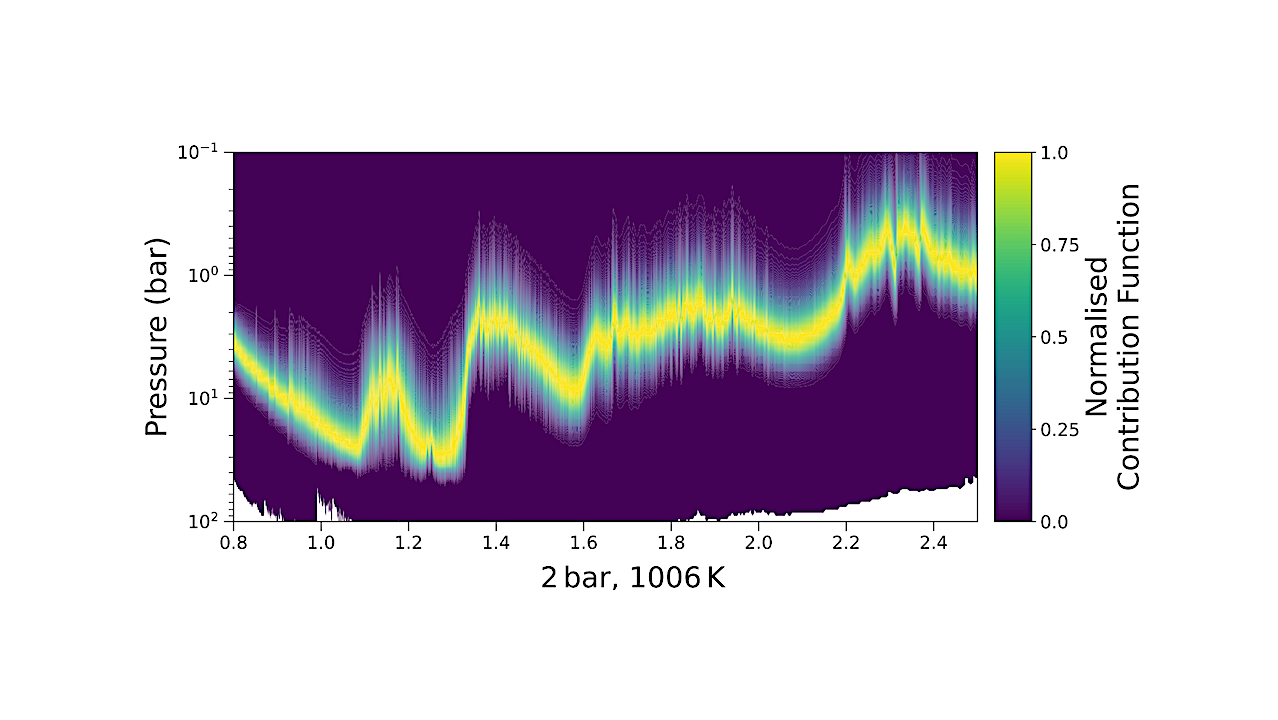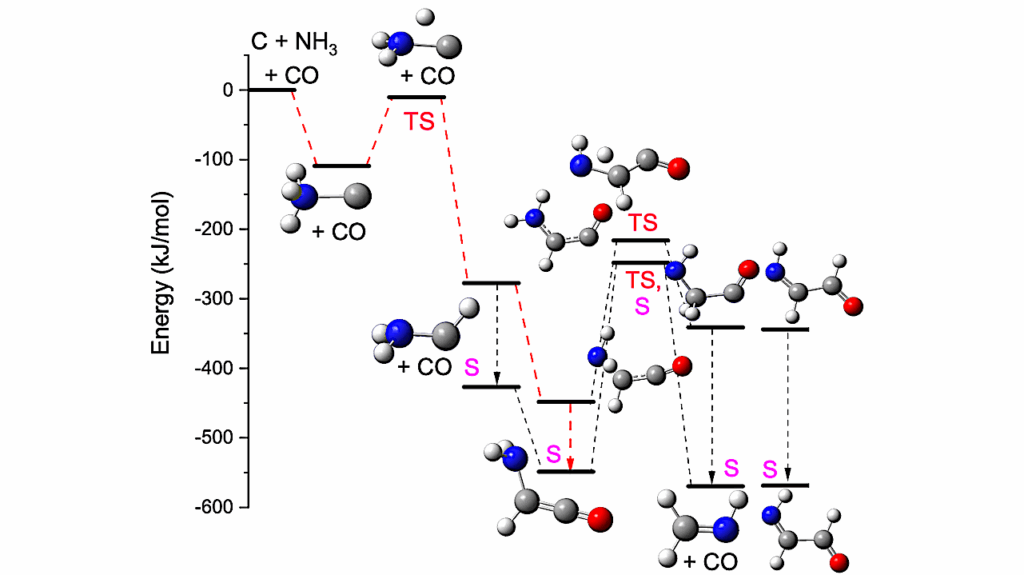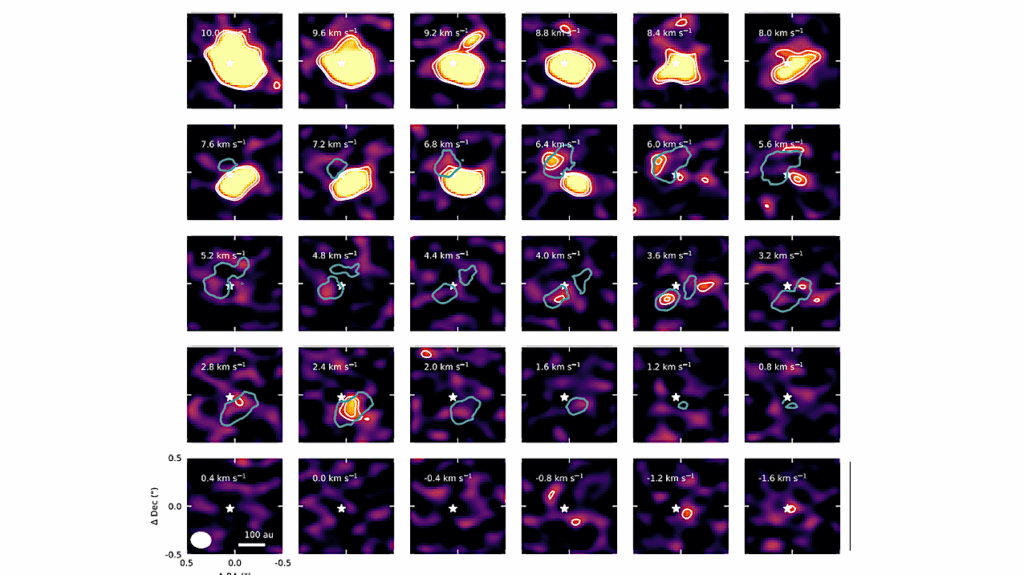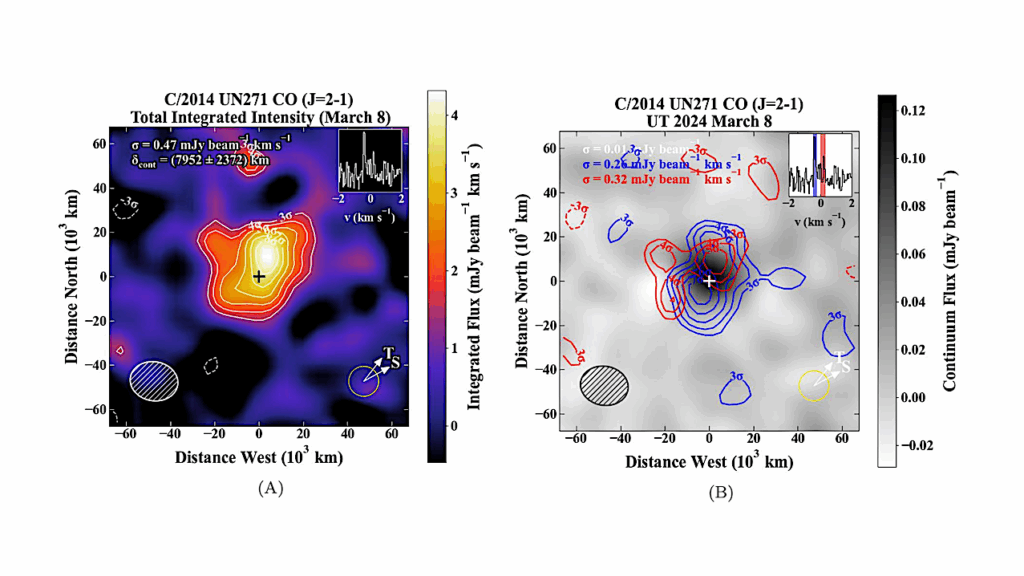The Carbon-to-Oxygen Ratio in Cool Brown Dwarfs and Giant Exoplanets. I. The Benchmark Late-T dwarfs GJ 570D, HD 3651B and Ross 458C

Measurements of the C/O ratio in brown dwarfs are lacking, in part due to past models adopting solar C/O only. We have expanded the ATMO 2020 atmosphere model grid to include non-solar metallicities and C/O ratios in the T dwarf regime.
We change the C/O ratio by altering either the carbon or oxygen elemental abundances, and we find that non-solar abundances of these elements can be distinguished based on the shapes of the H- and K- bands. We compare these new models with medium-resolution (R≈1700), near-infrared (0.8−2.4μm) Gemini/GNIRS spectra of three benchmark late-T dwarfs, GJ 570D, HD 3651B, and Ross 458C.
We find solar C/O ratios and best-fitting parameters (Teff, log(g), Z) broadly consistent with other analyses in the literature based on low-resolution (R∼100) data. The model-data discrepancies in the near-infrared spectra are consistent across all three objects. These discrepancies are alleviated when fitting the Y, J, H and K bands individually, but the resulting best-fit parameters are inconsistent and disagree with the results from the full-spectrum.
By examining the model atmosphere properties we find this is due to the interplay of gravity and metallicity on H2−H2 collisionally induced absorption. We therefore conclude that there are no significant issues with the molecular opacity tables used in the models at this spectral resolution. Instead, deficiencies are more likely to lie in the model assumptions regarding the thermal structures. Finally, we find a discrepancy between the GNIRS, SpeX, and other near-infrared spectra in the literature of Ross 458C, indicating potential spectroscopic variability.
Mark W. Phillips, Michael C. Liu, Zhoujian Zhang
Comments: 63 pages, 29 Figures, 7 Tables. Accepted in the Astrophysical Journal. Models and data available on this http URL
Subjects: Solar and Stellar Astrophysics (astro-ph.SR); Earth and Planetary Astrophysics (astro-ph.EP)
Cite as: arXiv:2312.02001 [astro-ph.SR] (or arXiv:2312.02001v1 [astro-ph.SR] for this version)
Submission history
From: Mark Phillips
[v1] Mon, 4 Dec 2023 16:24:13 UTC (32,001 KB)
https://arxiv.org/abs/2312.02001
Astrobiology, Astrochemistry








